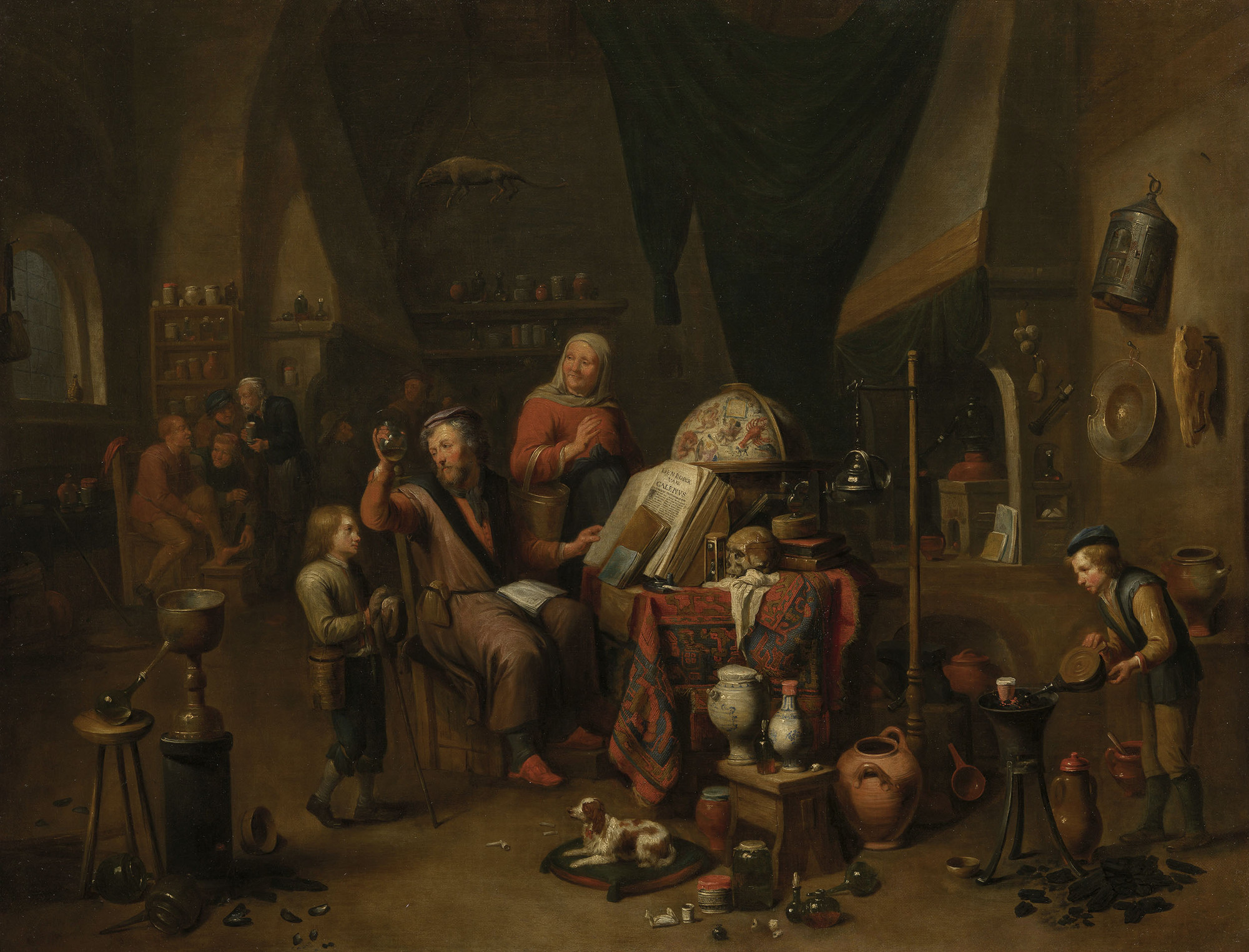
Stories of Medics and Medicine in the Royal Collection
The Royal Collection contains fascinating objects and paintings that illustrate the changing perception and use of medicine over time
Page from a copy of an Aztec Herbal
1626RCIN 927905
Plants have always played a large role in medicine and healthcare. This drawing is a copy of an Aztec Herbal – a type of manuscript that recorded the medicinal properties of plants. This page details the medicinal properties of seven plants, including a tree stonecrop, a salt-grass, a mimosa and a smilax. The artist has included the Nahuatl (the language spoken by Aztecs) names of the plants, and transcribed a Latin inscription detailing the ailments, from swollen eyes and earache to sleeplessness, for which the plants were used as remedies.
Herbals such as this one were important repositories of medical knowledge and can be found in cultures across the world. The Aztec Herbal from which this page is copied was made in Mexico around 1550 for Francisco de Mendoza, son of Antonio de Mendoza, viceroy of New Spain. Intended for Philip II of Spain, it found its way to Rome where this copy was made in 1627 for the scientific society known as the ‘Academy of the Lynxes’. It came into the Royal Collection in 1762, when the Herbal was bought by George III.







